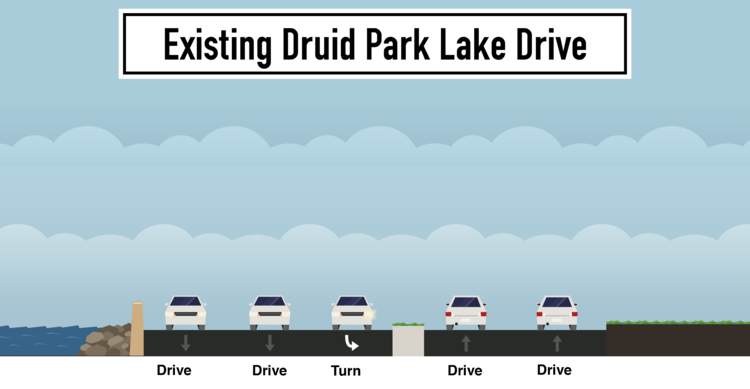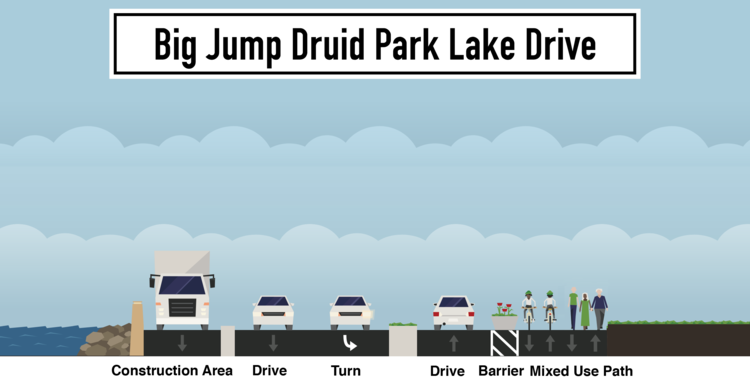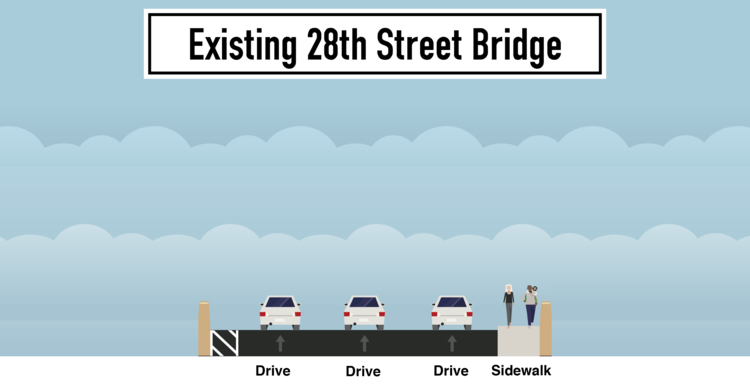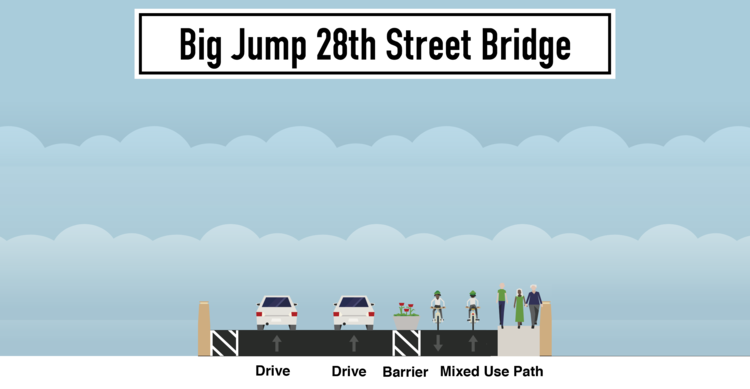We're looking for local artists or artist-led teams for a public art project in Reservoir Hill!
In 2018, Bikemore was awarded a T. Rowe Price grant to facilitate a public art project in the Reservoir Hill neighborhood. Since May, we've held biweekly open meetings with members of the community, gathered insight from past projects and artists across the country, and gathered ideas from neighbors during the Druid Hill Farmer’s Market in mid-July.
Now we're ready to selected an artist and move this project forward. We're currently accepting proposals from artists to implement in a two-phase approach to creating this public artwork, including both a community engagement phase and the design and implementation of the project.
From the input we've gathered thus far, many residents value Reservoir Hill’s relationship with the neighboring Druid Hill Park, and that historic and emotional connection is one that should be celebrated, particularly because of the large streets currently hindering neighbors’ access to the park.
In 2019, the Department of Transportation (DOT) will be conducting a comprehensive traffic study of Auchentoroly Terrace and Druid Park Lake Drive corridor, one of the busiest sections of Reservoir Hill. This public artwork is intended to encourage members of the community to think about what they would like their streets to look like. The project should empower neighbors to engage in conversations about their desires for Reservoir Hill, so that they have the necessary tools to advocate for themselves during the traffic study itself.
Public art can be defined in many ways. We are intentionally neglecting to pinpoint the medium or style this project should take, and artists of all backgrounds and experiences are encouraged to apply.
Deadlines
Monday, September 3rd | Application deadline [Deadline extended!]
Tuesday, September 11th | Notification of selection
Monday, November 5th | Project Completion













